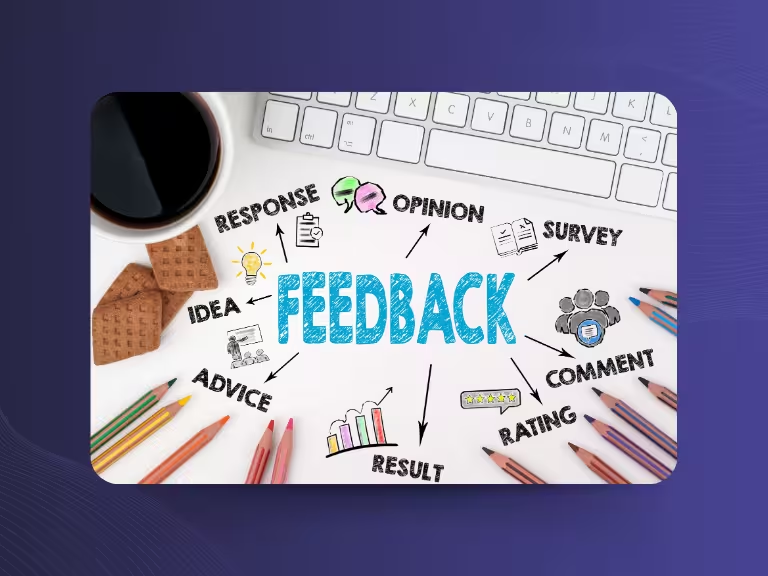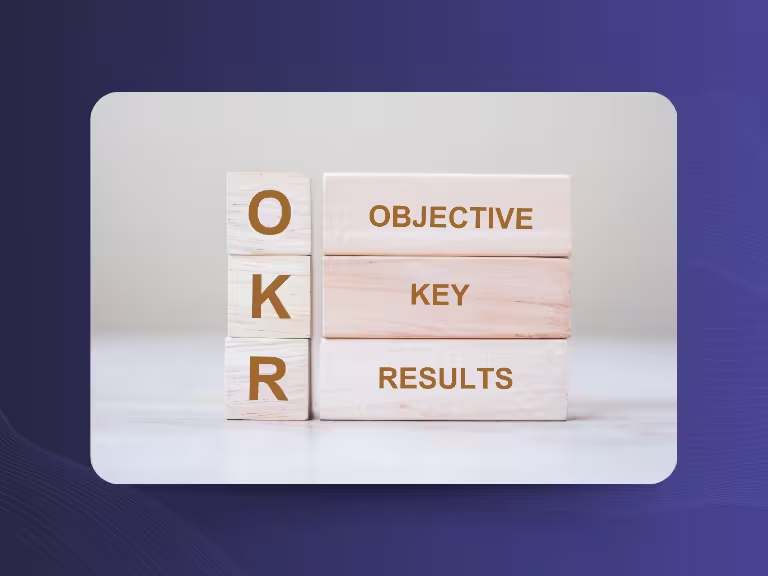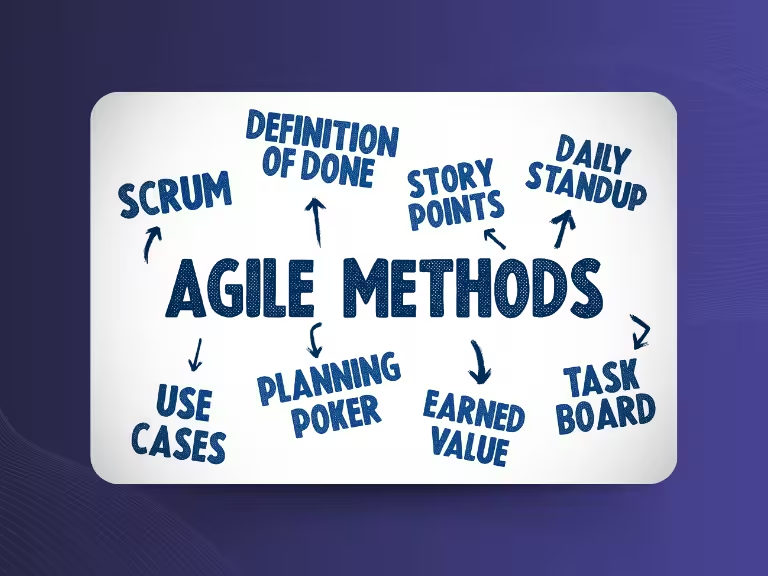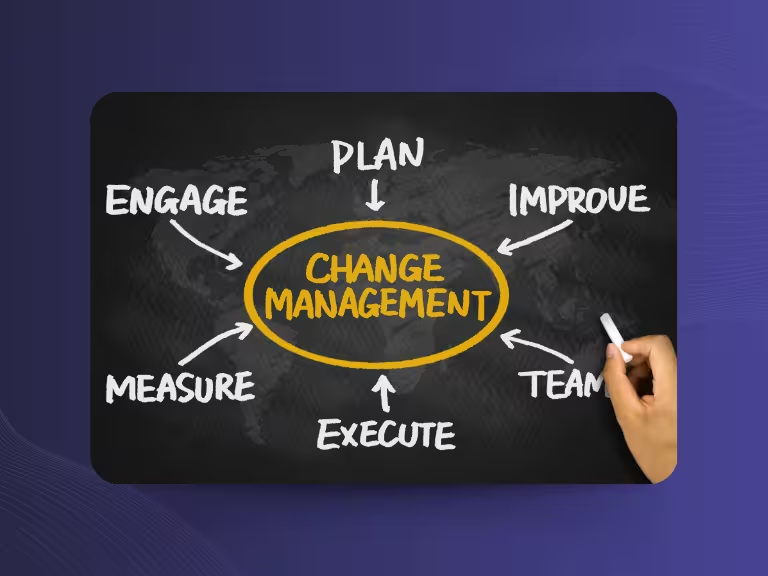Constructive feedback is the engine for personal and professional development – yet practice shows that effective feedback is often more difficult to implement than expected. While everyone knows the feeling of receiving poorly formulated criticism or struggling with the right choice of words themselves, the key lies in methodical approaches and appreciative communication. In this article, you'll learn how to effectively design constructive feedback, consider psychological aspects, and establish a sustainable feedback culture – also with the support of digital tools like Sally, which can help document conversations and structure follow-ups.
What is constructive feedback? Definition and objectives
Basic understanding of constructive feedback
Constructive feedback is targeted, solution-oriented feedback that primarily serves to promote development. Unlike mere criticism or destructive comments, constructive feedback is characterized by its benevolent intention and concrete action recommendations. It's not about judging someone, but about reflecting on behavior and showing improvement opportunities.
The main objectives of constructive feedback are diverse: It creates clarity about expectations and perceptions, reinforces positive behavior, or shows improvement potential. The motivation of the recipient is particularly important – constructive feedback should encourage and inspire action, not discourage or demotivate.
Why is constructive feedback so important?
The importance of constructive feedback extends far beyond individual conversations. It promotes sustainable learning processes and personal growth, as it helps people recognize blind spots and develop their abilities in a targeted manner. Studies show that people who regularly receive constructive feedback significantly improve their performance and develop higher job satisfaction.
At the team level, constructive feedback contributes to the creation of efficient and trusting working relationships. It avoids misunderstandings and conflicts through clear, transparent communication. Organizations that cultivate an open feedback culture report higher employee retention, better team communication, and increased productivity.
The golden rules and proven methods for effective feedback
The Perception-Impact-Wish-Rule for structured Feedback
The 3W-Rule popular in Germany is considered one of the most practical methods for structured feedback. It consists of three interconnected steps:
First, you describe concretely what you observed – without interpretation or evaluation. For example: "I noticed that you arrived 15 minutes late to the last three meetings."
In the second step, you share the impact this behavior had on you, the team, or the situation. This involves both emotional and factual consequences: "This led to us having to repeat important decisions and I felt uncertain whether all information was received."
The third step formulates the concrete wish or expectation for the future: "I would like you to arrive punctually to meetings or inform us in advance if you'll be joining later." This structure creates clarity and avoids misunderstandings.
Communication style: I-statements & Nonviolent Communication (NVC)
I-statements are a fundamental building block of effective feedback conversations. Instead of saying "You always..." or "You are...", you formulate your perception from your own perspective: "I observed..." or "My impression is...". This formulation significantly reduces defensive reactions, as it contains no direct accusations.
Nonviolent Communication according to Marshall Rosenberg offers an additional framework for respectful and empathetic conversations. It is based on four components: Observation (without evaluation), Feelings (your own emotional reaction), Needs (underlying expectations), and Requests (concrete action suggestions). This structure helps address even difficult topics objectively and constructively.
Concrete formulation tips for everyday use: Stay with observable facts, use specific examples instead of general statements, and focus on behavior, not on the person. Instead of "You are disorganized," say: "I noticed that the documents for the presentation were only available shortly before the appointment."

Consider timing and context
The right timing can determine the success or failure of feedback conversations. Ideally, you give feedback promptly after your observation – while the situation is still present, but not in the heat of the moment. A distance of a few hours or a few days is often optimal.
Context plays an equally important role: Sensitive topics belong in a private, quiet setting where both conversation partners feel comfortable. Avoid giving feedback in front of others if it contains critical aspects. Also consider the emotional state and readiness of the recipient – sometimes it's better to postpone an appointment if someone is currently under stress.
Psychological and cultural aspects of constructive feedback
Emotional intelligence and personality differences
Constructive feedback requires a high degree of emotional intelligence. People react differently to feedback – some are very open and grateful, others initially show defensiveness or uncertainty. These reactions are normal and should be empathetically accompanied.
Personality differences significantly influence how feedback is received. Introverted people may need more time to think, while extroverted people prefer direct discussions. People with high sensitivity react more strongly to emotional nuances, while others appreciate more concrete, factual feedback.
To give motivating feedback despite critical content, it's important to strengthen self-esteem. This is achieved by emphasizing strengths, appreciating willingness to improve, and conveying trust in the person's development capacity. Feedback should always also contain the message: "I believe in your abilities and your development."
Intercultural sensitivity when giving feedback
Cultural differences significantly shape how feedback is understood and evaluated. In Western cultures, direct, open feedback is often appreciated, while in many Asian cultures, an indirect, reserved style is preferred. What is perceived as honest and helpful in Germany can be perceived as disrespectful or face-threatening in the US or other cultural circles.
For culturally sensitive feedback conversations, it's important to consider the cultural background of the conversation partner. Inform yourself about cultural norms and communication styles. Pay special attention to nonverbal signals and give the other person enough time for reactions. When in doubt, you can also ask directly: "How can we best discuss these topics?"
You avoid misunderstandings through clear, simple language and asking whether your message has been received. Especially with international teams, it's recommended to summarize important feedback points in writing and arrange follow-up conversations.
.avif)
Establishing feedback culture and designing feedback processes sustainably
Building and maintaining a constructive feedback culture
A constructive feedback culture emerges through regularity and reciprocity. Feedback should not only flow from top to bottom, but in all directions – between colleagues, from employees to managers, and in interdisciplinary teams. This culture develops through continuous practice and the experience that feedback actually leads to improvements.
Leaders play a key role as role models and enablers of feedback. They must be open to feedback themselves and receive it appreciatively. At the same time, they create structures and opportunities for feedback exchange, such as regular one-on-one meetings, team meetings, or structured feedback rounds.
Digital tools can provide significant support: Platforms like Sally enable documenting feedback conversations, transcribing important insights, and tracking follow-up measures. Through integration into existing workflow tools, feedback processes can be seamlessly integrated into daily work. Particularly valuable is also the ability to analyze meetings and recognize communication patterns that can be used for better feedback conversations.
Feedback loops – Implementation and follow-up
Constructive feedback doesn't end with the conversation – only implementation and follow-up make it truly valuable. Effective feedback loops include concrete action plans and goal agreements. These should be specific, measurable, and time-bound.
Follow-up conversations are an essential component of sustainable feedback processes. They provide the opportunity to appreciate progress, discuss challenges, and make adjustments if necessary. A structured approach provides for regular checkpoints – for example, after two weeks, one month, and one quarter.
Monitoring and reflection create the foundation for continuous improvement. Document feedback conversations and their results to recognize patterns and evaluate the success of measures. Tools like Sally can help automate this documentation and extract important insights from conversations.
Conclusion: Constructive feedback – Key to growth and team strength
Constructive feedback is far more than a simple conversation technique – it's a complex communication process that requires methodical approaches, emotional intelligence, and cultural sensitivity. The most important insights show: Respectful communication through I-statements and the "Perception-impact-wish-rule", psychological sensitivity for individual differences, and the systematic establishment of a feedback culture are the cornerstones of successful feedback.
The benefit for every organization is diverse: Constructive feedback creates better learning opportunities, increases employee satisfaction, and promotes trustful collaboration. Teams that live an open feedback culture are more innovative, productive, and satisfied. The investment in structured feedback processes pays off long-term through better results and lower turnover.
The future lies in the intelligent combination of human empathy and digital support. Tools like Sally can help document feedback conversations, structure important insights, and optimize follow-up processes. Use these opportunities to actively promote and sustainably shape a positive feedback culture. Because in the end, everyone benefits: Individuals grow beyond themselves, teams become stronger, and organizations achieve their goals more successfully.

Test Meeting Transcription now!
We'll help you set everything up - just contact us via the form.
Test NowOr: Arrange a Demo Appointment





